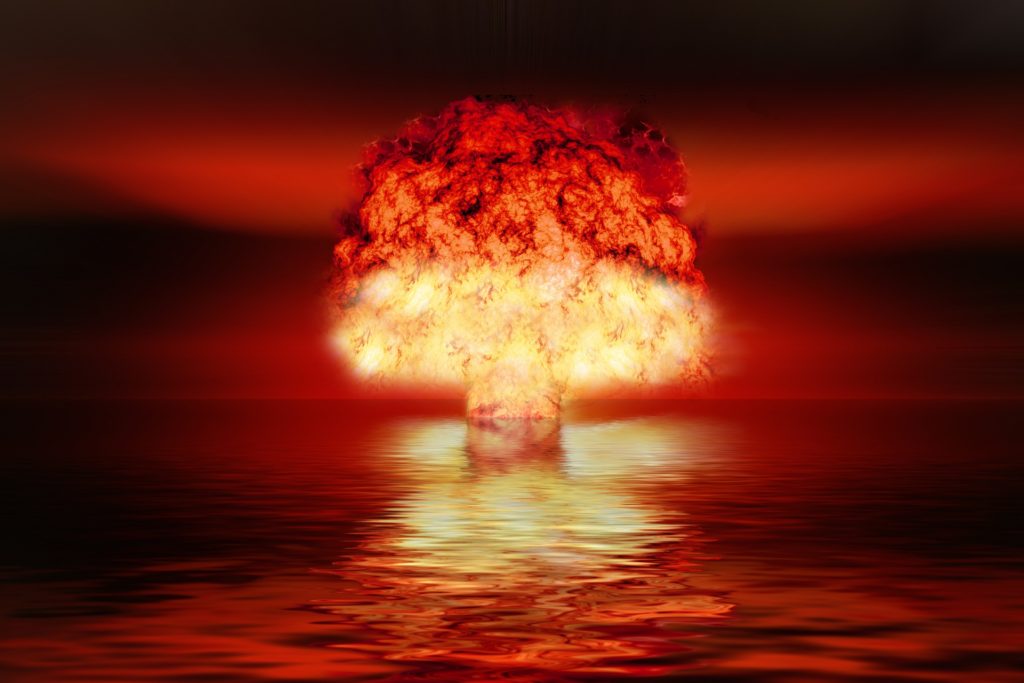
By Scott Ritter, RT, 11/17/20
The US has long dismissed Russian concerns over the deployment of the Aegis Ashore missile defense system on European soil. This week’s test of the SM-3 Block IIA interceptor against an ICBM has proven Russian concerns correct.
On Tuesday [of last week], the US Missile Defense Agency (MDA) announced it conducted a test of an Aegis Ballistic Missile Defense (BMD) System-equipped Arleigh Burke-class destroyer, the USS John Finn, against what was termed a “threat-representative Intercontinental Ballistic Missile (ICBM) target” using a Standard Missile-3 (SM-3) Block IIA interceptor. The test object was launched from Kwajalein Atoll, in the Republic of the Marshall Islands, toward an area of the Pacific Ocean northeast of Hawaii. According to the MDA, the SM-3 Block IIA missile successfully intercepted its target.
The successful test is but the latest in a series intended to prepare the SM-3 Block IIA missile and its associated systems–the Aegis Baseline-9 Weapons System and Command and Control Battle Management Communications (C2BMC) network–for operational duty as America’s frontline missile defense capability.
Previously, the Aegis weapons system had been advertised by the US as being limited against short- and intermediate-range missile threats. This reasoning was cited by both US and NATO officials as a counter to long-standing Russian concerns that the Aegis Ashore missile defense systems installed in Romania and Poland represented a threat to Russian strategic missile capabilities. The shooting down of an ICBM-like target by the Aegis BMD System has shown that Russia’s concerns were, in fact, well grounded.
Read full article here.
By putting the SM-3 Black IIA interceptor to the test as an anti-ICBM weapon, the US has made the New START treaty irrelevant overnight, testing the willingness of Russia to agree to an extension. Even if Russia does allow the New START treaty to be extended, there is little doubt that it will insist on meaningful and verifiable limits to US ballistic missile defense capabilities, including the SM-3 Block IIA interceptor, before Russia could sign on to a new follow-on strategic arms reduction treaty.